Home>diy>Building & Construction>How Long Was The Winchester House Under Construction
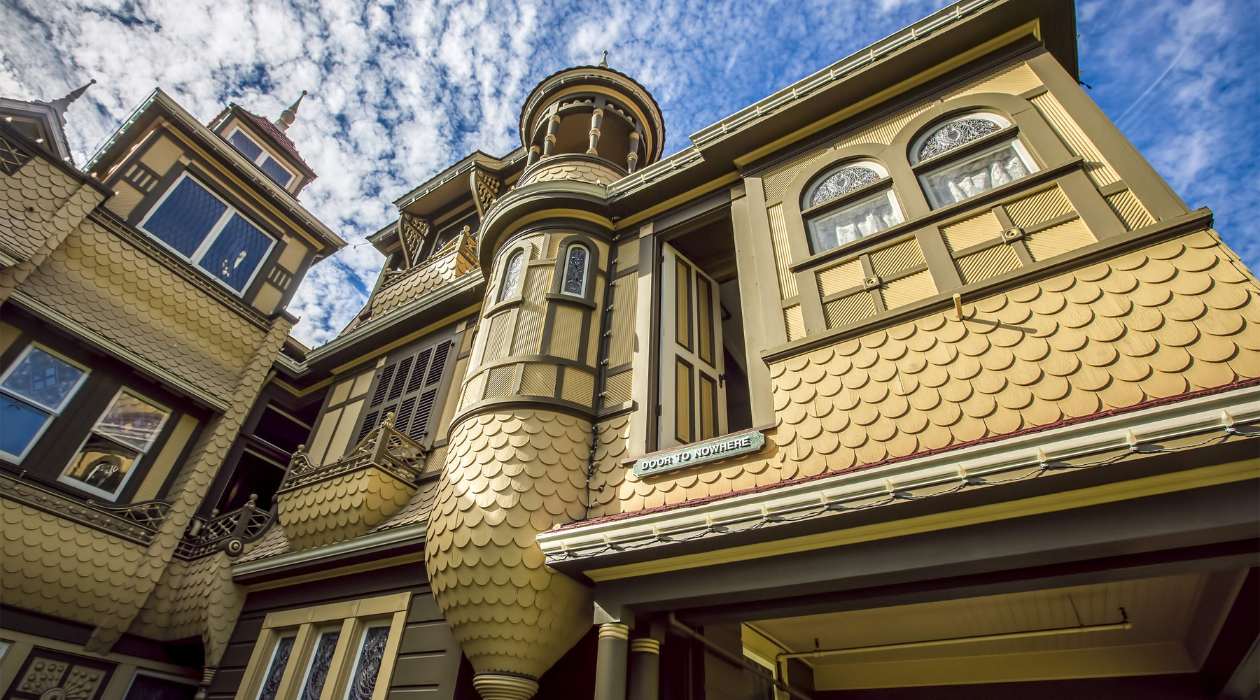

Building & Construction
How Long Was The Winchester House Under Construction
Modified: January 4, 2024
Discover how long the Winchester House was under construction, the fascinating history behind this iconic building construction project.
(Many of the links in this article redirect to a specific reviewed product. Your purchase of these products through affiliate links helps to generate commission for Storables.com, at no extra cost. Learn more)
Introduction
Welcome to the fascinating world of the Winchester House! This iconic structure has captivated the imagination of people around the world with its mysterious history and unique architectural features. The Winchester House, located in San Jose, California, is renowned for its peculiar design, labyrinthine layout, and seemingly never-ending construction process.
But just how long was the Winchester House under construction? Join us as we delve into the intriguing story behind the construction of this enigmatic mansion and explore the theories surrounding its duration.
The Winchester House is more than just a building; it is a testament to the eccentricity and obsessions of Sarah Winchester, the widow of firearms magnate William Wirt Winchester. Legend has it that after the deaths of her husband and daughter, Sarah consulted a medium who informed her that she was cursed by the spirits of those who had been killed by Winchester rifles. The medium allegedly advised Sarah to continuously build and renovate her house to confuse and appease the vengeful spirits.
Convinced by this advice, Sarah Winchester embarked on a construction spree that lasted for decades. It is said that work on the Winchester House continued 24 hours a day, seven days a week, for almost 38 years. But is this claim accurate, or is it just an urban legend? Let’s explore the history and construction of the Winchester House to find out.
The Winchester House is renowned for its unconventional architectural features, which only add to its allure. The mansion boasts staircases leading to nowhere, doors that open onto walls, and windows that overlook interior rooms. These peculiarities have made it a popular destination for tourists and paranormal enthusiasts alike.
Throughout the construction process, the Winchester House employed a team of skilled craftsmen and workers. Architecturally, the building blends Victorian, Gothic, and Queen Anne styles, showcasing intricate details and elaborate designs. The construction crew was responsible for erecting multiple sections, including numerous rooms, hallways, and secret passages.
Key Takeaways:
- The Winchester House’s construction duration, rumored to be almost 38 years, remains a captivating mystery due to the absence of comprehensive records and the continuous, unconventional nature of the building process.
- Sarah Winchester’s unwavering dedication and obsession with construction transformed the Winchester House into an enigmatic architectural marvel, shrouded in legends and mythology, captivating visitors and scholars alike.
Read more: How Long Has Tron Been Under Construction
The Inspiration behind the Winchester House
The Winchester House was not simply a random construction project; it was a manifestation of Sarah Winchester’s beliefs, fears, and obsessions. Sarah was deeply haunted by the deaths caused by Winchester rifles, the very firearms that had made her family wealthy.
Believing that she was cursed by the spirits of those killed by the Winchester rifles, Sarah sought solace in the guidance of a medium. According to legend, the medium advised Sarah that she needed to continuously build and renovate her house to confuse the vengeful spirits and keep them at bay.
Driven by this belief, Sarah embarked on an ambitious and never-ending construction project. The mansion was initially a modest eight-room farmhouse, but it gradually expanded into a sprawling structure with many intricate additions. There were no formal architectural plans for the Winchester House; instead, Sarah would reportedly dictate her visions to the construction crew, who would then bring them to life.
It is said that Sarah Winchester drew inspiration from different sources for the design and layout of the house. The mansion features a mix of architectural styles, reflecting Sarah’s eclectic tastes. Victorian, Gothic, and Queen Anne influence can be seen in the elaborate details, ornate carvings, and intricate stained glass windows.
Another source of inspiration for Sarah was her personal beliefs in numerology and spiritualism. The number 13 held great significance for Sarah, and can be found throughout the Winchester House. There are windows with 13 panes, 13 steps in the grand staircase, and 13 bathrooms, among other examples. It is believed that Sarah incorporated these elements in an attempt to ward off evil spirits.
Furthermore, Sarah Winchester’s fear of being haunted by the spirits of Winchester rifle victims led to the inclusion of secret passages, confusing corridors, and rooms with no apparent purpose. These architectural oddities were meant to confuse the spirits and make it difficult for them to find her.
Overall, the inspiration behind the Winchester House was a mix of superstition, personal beliefs, and a desire to appease vengeful spirits. The construction of this iconic mansion served as Sarah Winchester’s form of spiritual therapy and protection against perceived curses.
Sarah Winchester and Her Obsession
Sarah Winchester, the widow of William Wirt Winchester, was an enigmatic figure who played a central role in the construction of the Winchester House. After the deaths of her husband and daughter, Sarah became consumed by grief and sought solace in the belief that she was cursed by the spirits of those killed by Winchester rifles.
Driven by this obsession, Sarah embarked on a lifelong construction project that would span nearly four decades. The Winchester House became her sanctuary, a place where she believed she could find protection from the vengeful spirits that haunted her.
Sarah’s fixation on building and renovating the mansion was not merely an eccentric whim; it was a way for her to cope with her overwhelming guilt. She was deeply remorseful for the lives lost as a result of the firearms manufactured by her late husband’s company.
Legend has it that Sarah Winchester consulted mediums and psychics to receive guidance from the spirit world. It was through these spiritual consultations that she formulated her belief that continuously building and altering her house would confuse and distract the restless spirits.
According to accounts, Sarah held séances in the house, where she communicated with the spirits and sought their forgiveness. She believed that as long as construction continued, her life would be spared from the wrath of the victims’ ghosts.
Furthermore, Sarah Winchester’s obsession with the supernatural extended to her daily routines. She reportedly slept in a different room each night, fearing that malicious spirits would track her down if she became too predictable. Additionally, she had a nighttime routine of ringing a bell to summon her servants’ spirits for guidance and protection.
Despite her obsession with the supernatural, Sarah was also a practical woman. She was a philanthropist and used her vast inheritance to donate to charities, educational institutions, and churches. This generosity allowed her to maintain a positive public image, even as she was consumed by her private obsession.
Sarah Winchester’s deep-seated beliefs and relentless dedication to construction are what transformed the Winchester House into the mystifying and legendary structure it is today. Her obsession with appeasing the spirits and finding redemption through ceaseless building left a lasting impact on the architectural world and continues to intrigue visitors from around the world.
The Construction Begins
With Sarah Winchester’s obsession firmly in place, the construction of the Winchester House began in 1884. The initial farmhouse was transformed into a sprawling mansion that would eventually encompass over 160 rooms.
Work on the house was a continuous process, with construction taking place around the clock. The construction crew consisted of skilled craftsmen and workers who tirelessly brought Sarah’s visions to life. There were reportedly never any formal blueprints for the house; instead, Sarah would convey her ideas and designs verbally to the workers.
The construction process was far from ordinary. It was a constant whirlwind of activity, with workers erecting new sections, demolishing existing ones, and rearranging interior spaces. There was no adherence to traditional building techniques or architectural principles, as Sarah’s visions often dictated unusual features and modifications.
One of the notable aspects of the construction was the use of unconventional materials. Instead of traditional bricks or wood, much of the house was constructed using redwood, which was abundant in the area. This choice of material not only added to the unique character of the Winchester House but also highlighted its connection to the natural environment.
The construction crew faced numerous challenges throughout the process. The constant changes and elaborate additions meant that the house lacked a cohesive plan or logical flow. Hallways would abruptly end, staircases would lead to dead-ends, and doors would open up to walls. It seemed as though the purpose of the house was to confuse and disorient anyone who entered.
Despite the disorderly construction, there was a certain method to the madness. The construction crew worked diligently to ensure that the house remained structurally sound, despite the constant modifications and additions. The use of intricate woodwork, stained glass, and decorative features showcased the crew’s craftsmanship and attention to detail.
As the mansion grew, so did its reputation. News of the extraordinary house spread, attracting curious visitors from near and far. Sarah Winchester, however, remained reclusive and rarely interacted with outsiders. The construction process provided her with solace and purpose, shielding her from the outside world and the ghosts of the past.
The construction of the Winchester House was a labor of love, fueled by Sarah Winchester’s unyielding obsession. But as the construction continued, the mystery surrounding the duration of the project would add to the allure and intrigue of this architectural marvel.
Unusual Architectural FeaturesThe Winchester House is renowned for its unconventional and distinctive architectural features, which lend an air of mystery and intrigue to the already captivating structure. Sarah Winchester’s obsession with appeasing spirits and confusing ghosts is evident in the design choices and unique elements found throughout the mansion.
One of the notable characteristics of the Winchester House is its labyrinthine layout. The mansion boasts numerous hallways, staircases, and corridors that lead to dead ends or confusing turns. It is said that Sarah deliberately designed these complex passages to confuse the spirits and make it difficult for them to navigate the house.
The inclusion of secret passages and hidden rooms further adds to the enigmatic nature of the Winchester House. These concealed spaces were believed to provide Sarah Winchester with a safe haven, where she could hide from the vengeful spirits that haunted her. Additionally, some of these hidden rooms were used for more practical purposes, such as storage or personal retreats.
Another intriguing feature of the Winchester House is the presence of doors that lead to nowhere. These doorways open onto walls or abrupt drops, serving as a reminder of Sarah’s desire to confound the spirits and thwart their attempts to harm her. It is said that the spirits would walk through these doorways, only to be met with a dead end, trapped in a perpetual state of confusion.
The architectural oddities extend to the windows as well. Some windows overlook interior rooms instead of the outside, while others have peculiar positions and angles. These unconventional placements may have served a dual purpose – confusing the spirits by providing unexpected views and maximizing natural light within the mansion.
Furthermore, the Winchester House is adorned with intricate woodwork, ornate carvings, and mesmerizing stained glass windows. These artistic elements reflect Sarah Winchester’s penchant for beauty and attention to detail. The intricate designs give the mansion a sense of grandeur and elegance, juxtaposing the peculiarities of its layout.
Despite the idiosyncrasies of the mansion, the construction crew maintaining the highest standards of craftsmanship throughout. The ornate features and delicate details manifest the dedication and skill of the workers who brought Sarah Winchester’s visions to life.
The unusual architectural features of the Winchester House serve as a testament to Sarah Winchester’s unique vision and her belief in the power of architecture to ward off evil spirits. These elements continue to pique the curiosity of visitors and scholars, making the Winchester House an architectural marvel that defies convention and captivates the imagination.
The Winchester House was under construction for 38 years, from 1884 to 1922, and it is estimated that it cost around $5.5 million to build.
Read more: How To Start A House Construction
Workers and the Construction Process
The construction of the Winchester House was a monumental undertaking that required a dedicated team of skilled workers. The crew, consisting of craftsmen, carpenters, and laborers, worked tirelessly to bring Sarah Winchester’s visions to life. Their craftsmanship and commitment to the project played a pivotal role in creating the unique and intriguing structure that stands today.
The construction crew faced numerous challenges as they navigated the unconventional construction process. Without formal blueprints, the workers relied on Sarah Winchester’s verbal instructions and visions to guide their work. This required a high level of adaptability and creativity, as they had to interpret her ideas and translate them into tangible architectural elements.
The crew utilized a range of construction techniques to realize Sarah’s vision. The intricate woodwork, ornate carvings, and detailed craftsmanship showcased their expertise and attention to detail. Each room and section of the house was meticulously crafted, reflecting the crew’s dedication and commitment to quality.
Given the constant changes and modifications to the structure, communication and collaboration were essential. The construction crew worked closely together to seamlessly integrate the new sections with the existing ones, ensuring a cohesive final result. This required coordination and teamwork as they navigated the complex layout and interconnected spaces of the mansion.
The crew not only constructed new rooms and additions but also played a crucial role in demolishing and rearranging existing sections. This dynamic process allowed for the continuous evolution and expansion of the Winchester House. Additionally, it required the crew to stay flexible and adapt to the ever-changing construction plans.
It’s worth noting that the construction crew worked diligently to maintain the structural integrity of the mansion. Despite the non-traditional construction methods and frequent modifications, they ensured that the house remained stable and secure. This attention to structural soundness allowed the Winchester House to withstand the test of time and remain a remarkable architectural achievement.
The dedication of the workers extended beyond the construction itself. Many of the crew members lived on-site or in nearby accommodations to cater to the around-the-clock construction process. This level of commitment and proximity to the project further reflects the passion and devotion to bringing Sarah Winchester’s vision to fruition.
Throughout the construction process, the workers experienced firsthand the unique challenges and demands of building the Winchester House. Their skills, craftsmanship, and adaptability were critical in transforming Sarah Winchester’s ideas into a tangible reality. The efforts of the construction crew continue to be celebrated as an integral part of the Winchester House’s captivating history and enduring legacy.
The Mystery Surrounding the Construction Timeframe
When it comes to the construction of the Winchester House, one of the enduring mysteries is the exact timeframe in which it was built. Due to the unconventional and continuous nature of the construction process, pinning down an exact timeline has proven to be a challenge.
According to popular legend, construction on the Winchester House continued for almost 38 years, from 1884 until Sarah Winchester’s death in 1922. This narrative suggests that the construction crew worked tirelessly around the clock, with no breaks or pauses in the construction process. However, some experts and historians believe that this timeframe may be exaggerated.
One of the contributing factors to this ambiguity is the absence of extensive and comprehensive construction records. Unlike traditional construction projects that have detailed blueprints and documentation, the Winchester House was built based on Sarah Winchester’s visions and verbal instructions. This lack of formal records makes it challenging to accurately track the progression and duration of the construction.
Another factor that adds to the mystery is the continuous nature of the construction itself. The Winchester House was in a state of perpetual change, with frequent modifications, additions, and demolitions taking place as Sarah Winchester’s visions evolved. This ongoing process makes it difficult to define a clear start and end date for the construction.
Additionally, Sarah Winchester was known for her reclusive nature, rarely interacting with visitors or outsiders. This seclusion extended to the construction process, making it challenging to gather reliable information about the timeline from firsthand accounts. The limited access to historical records and accounts further adds to the mystery surrounding the construction of the Winchester House.
Speculation and theories surrounding the construction timeframe range from the widely accepted 38-year timeframe to shorter durations. Some experts believe that the continuous construction process may have been exaggerated over the years, and the actual timeframe may have been shorter. However, without concrete evidence or comprehensive records, these theories remain speculative.
Despite the uncertainty surrounding the construction duration, one thing is clear – the Winchester House is a testament to Sarah Winchester’s unwavering dedication and obsession with construction. The continuous evolution of this mansion over several decades adds to its allure and enigmatic nature, leaving visitors and historians fascinated by the mystery of its construction timeline.
Speculated Duration of Construction
Due to the lack of comprehensive records and the continuous nature of the construction process, the duration of the Winchester House’s construction remains a subject of speculation and debate. While the popular belief is that the construction spanned nearly 38 years, some alternative theories and speculations have emerged.
Some historians and experts argue that the 38-year duration may have been exaggerated over time. They propose that the construction period could have been shorter, possibly ranging from 20 to 25 years. This revised timeline suggests that the continuous construction and alterations were ongoing but at a slower pace than the legend suggests.
An alternative theory is that the construction of the Winchester House was not a continuous process, but rather occurred in distinct phases. Supporters of this theory suggest that Sarah Winchester would undergo periods of intense construction and then periods of relative inactivity before initiating the next phase. This cyclic pattern of work and pause could account for the prolonged construction period.
Furthermore, the lack of documentation and detailed records makes it difficult to ascertain an exact timeline. Without official blueprints or construction journals, it is challenging to determine precisely when specific sections or additions were built. The verbal instructions given by Sarah Winchester to the construction crew further complicates the reconstruction of the construction sequence.
Another factor to consider is the evolving nature of Sarah Winchester’s vision and design preferences. As she carried out continuous modifications and renovations, certain sections of the mansion may have been repeatedly demolished and rebuilt to suit her evolving desires. This constant cycle of construction and reconstruction could have contributed to the extended duration of the project.
While there are theories that propose shorter construction periods, it is important to note that they are speculative and lack concrete evidence. The popular belief that the construction lasted for almost four decades continues to be the prevailing narrative, as it aligns with the enduring legend and mythology surrounding the Winchester House.
Ultimately, the true duration of the construction of the Winchester House may forever remain a mystery. The absence of comprehensive records, the ongoing nature of the construction, and the limited firsthand accounts contribute to the intrigue and fascination surrounding the enigmatic timeline of this architectural marvel.
Regardless of the exact duration, one thing is certain: The Winchester House stands as a testament to Sarah Winchester’s enduring dedication and obsession with construction, captivating visitors and inspiring curiosity for generations to come.
Conclusion
The Winchester House is a remarkable architectural wonder that continues to captivate the imagination of people from around the world. With its unusual design features, mysterious history, and continuous construction, it stands as a testament to the eccentricity and obsession of Sarah Winchester.
While the exact duration of the construction remains a subject of speculation, it is clear that the construction process spanned several decades. The mansion’s continuous evolution and the absence of detailed records have contributed to the enduring mystery surrounding its timeline.
Despite the ambiguity, the Winchester House’s construction was a labor of love, fueled by Sarah Winchester’s unwavering dedication to appeasing spirits and finding solace in building. The construction crew, through their craftsmanship and adaptability, turned her visions into an awe-inspiring reality.
The unconventional architectural features, such as labyrinthine hallways, doors that open to nowhere, and hidden rooms, add to the allure and enigma of the mansion. These elements serve as a testament to Sarah Winchester’s unique vision and her unwavering belief in the power of construction to protect against malevolent spirits.
While the duration of the construction may remain a mystery, the Winchester House’s significance lies not only in its physical existence but also in the legends and mythology that surround it. The mansion stands as a testament to Sarah Winchester’s obsession, her quest for redemption, and her desire to create a space that would confuse and confound the spirits that haunted her.
Today, the Winchester House stands as a popular tourist attraction, drawing visitors who are eager to unravel its secrets and experience its peculiar architectural wonders. Whether the construction lasted for 38 years or a shorter period, the enigmatic history and timeless allure of the Winchester House continue to fascinate and inspire all who encounter its remarkable presence.
In conclusion, the Winchester House stands as a testament to the power of obsession, the mystery of its construction timeframe, and the enduring legacy of Sarah Winchester’s extraordinary undertaking. It is a unique piece of architectural history that continues to capture the curiosity and fascination of people around the world.
Frequently Asked Questions about How Long Was The Winchester House Under Construction
Was this page helpful?
At Storables.com, we guarantee accurate and reliable information. Our content, validated by Expert Board Contributors, is crafted following stringent Editorial Policies. We're committed to providing you with well-researched, expert-backed insights for all your informational needs.
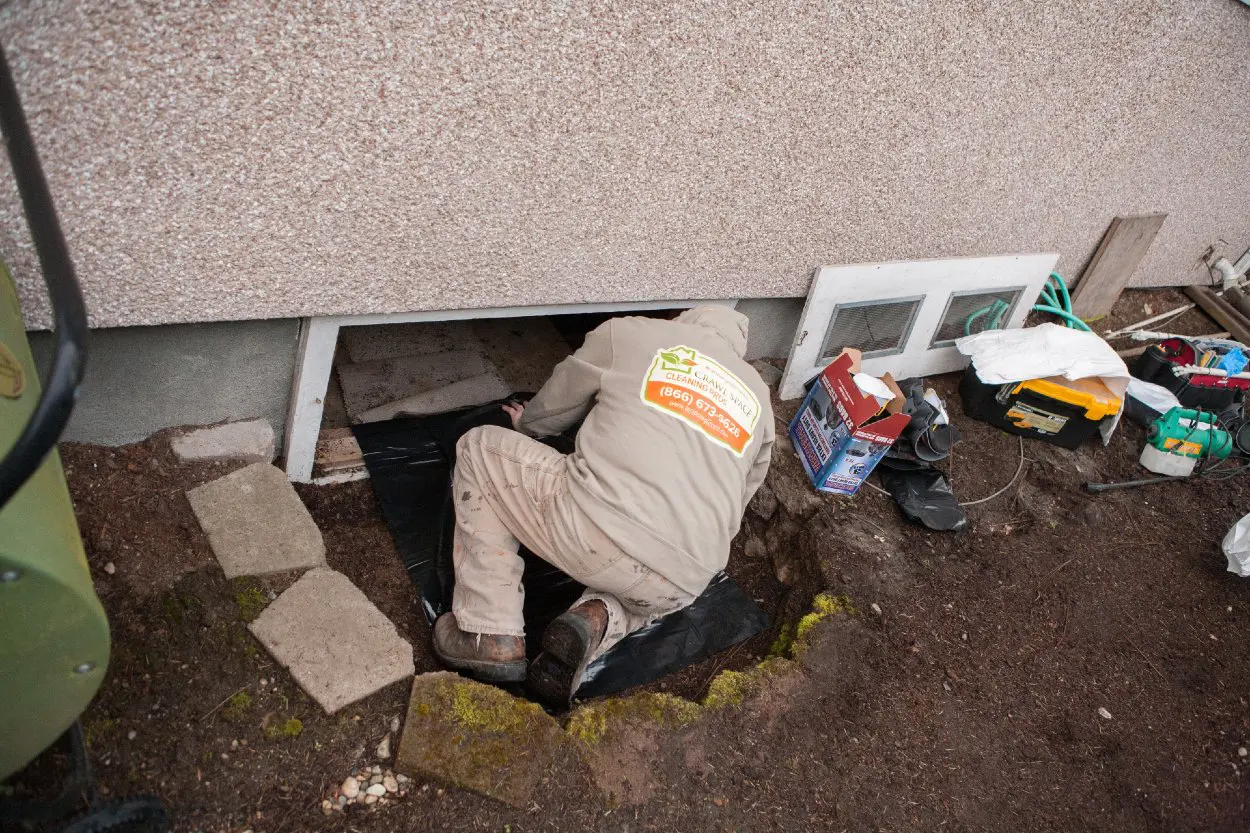
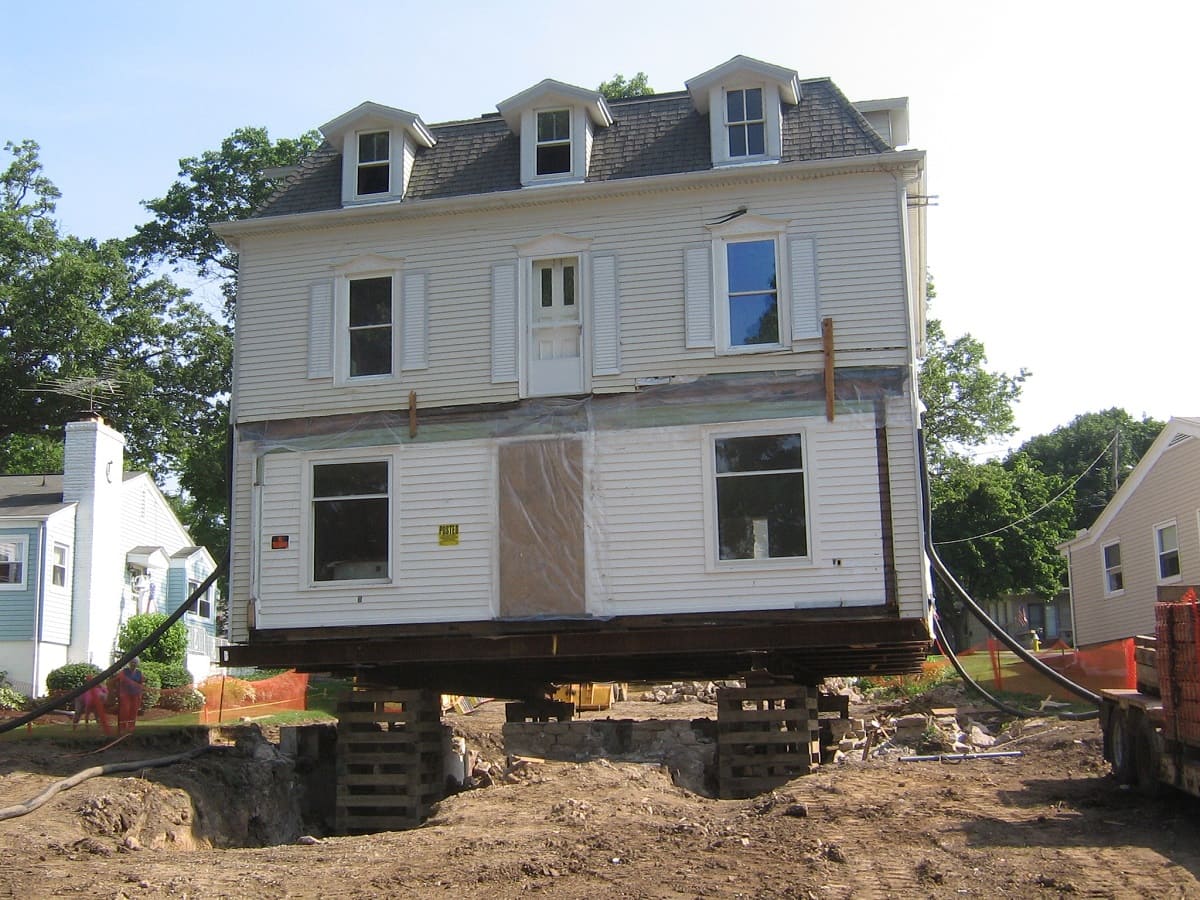

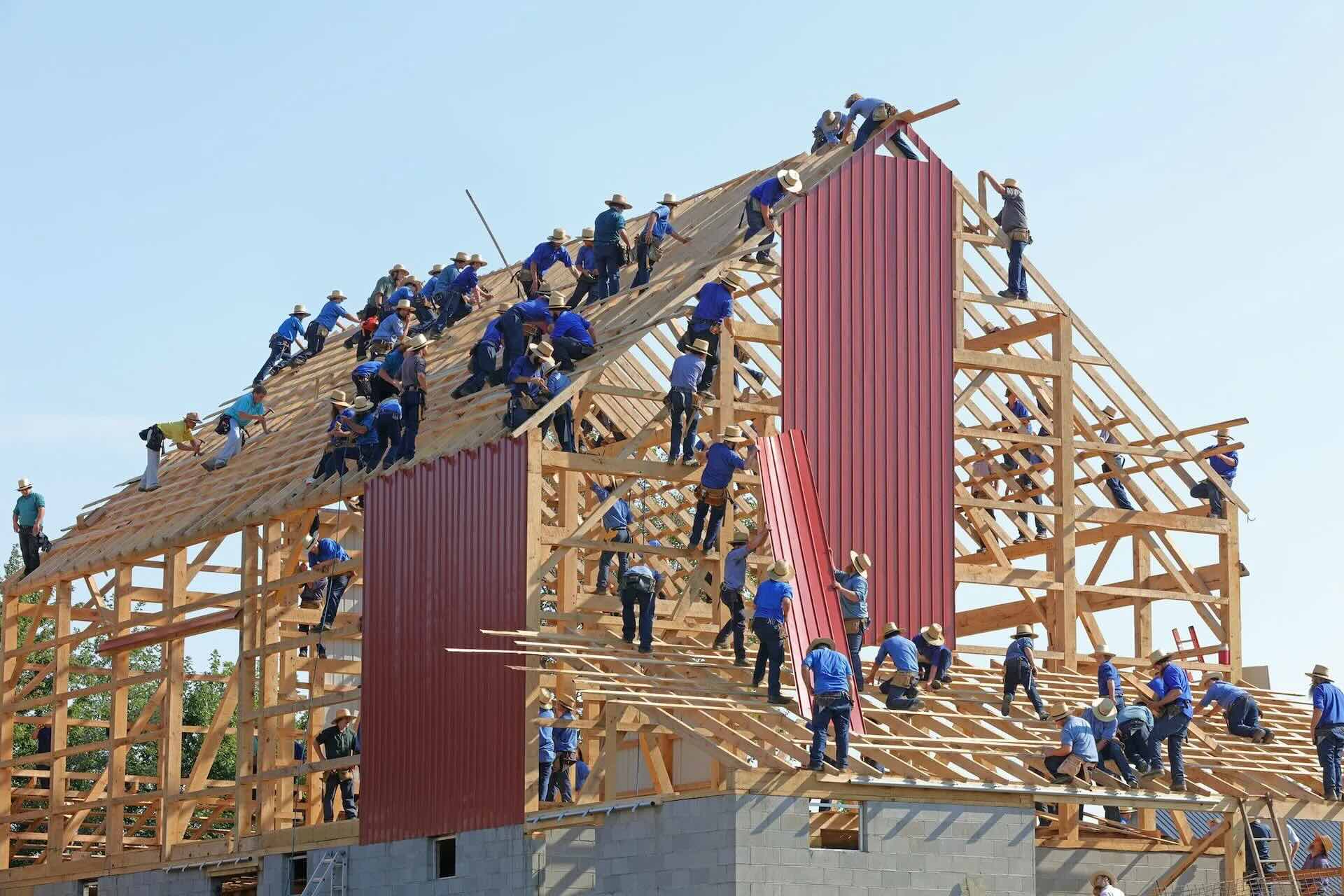
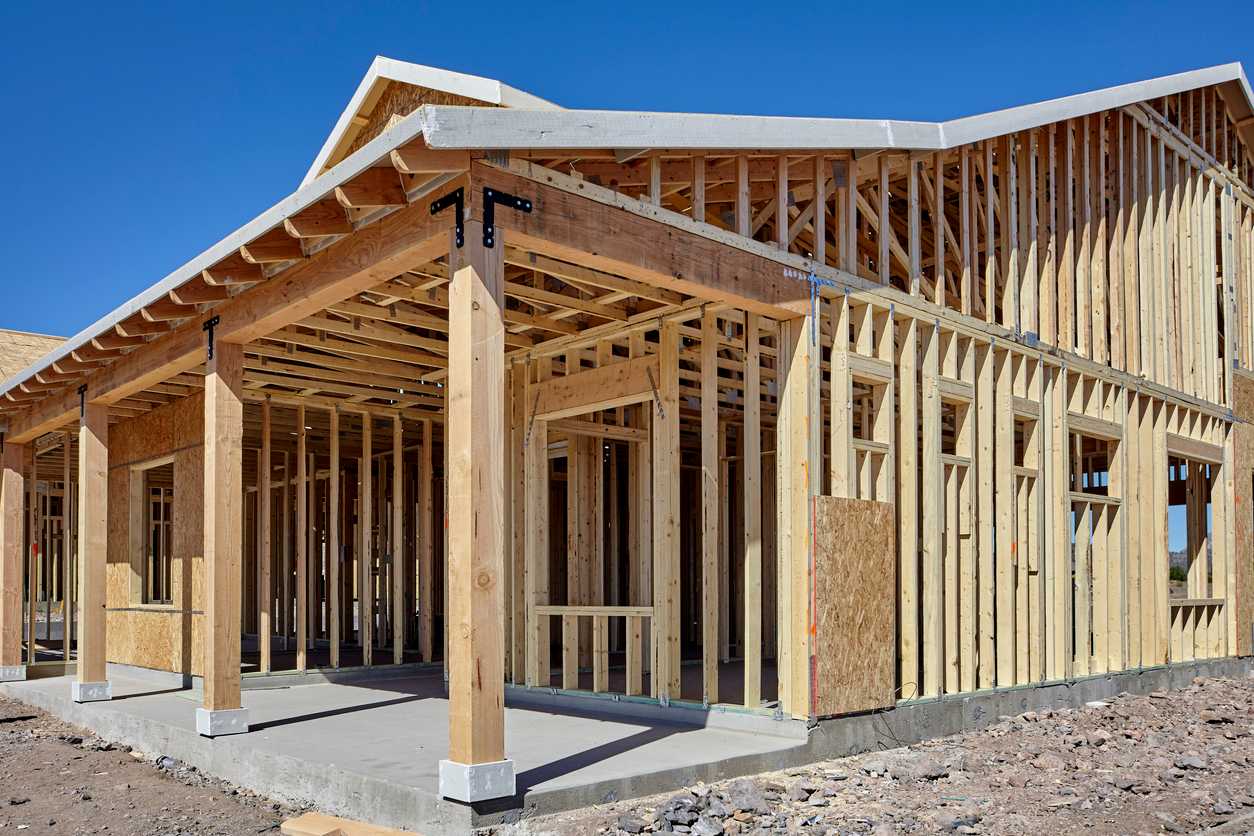

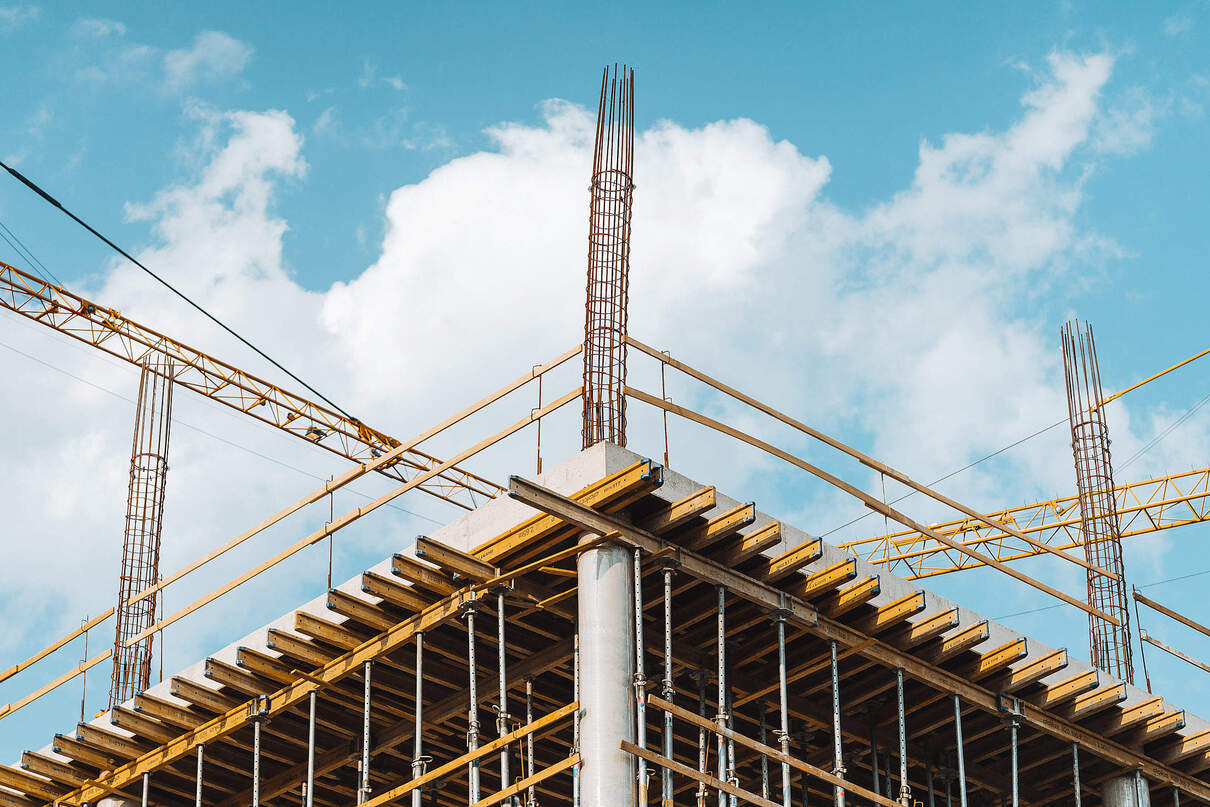
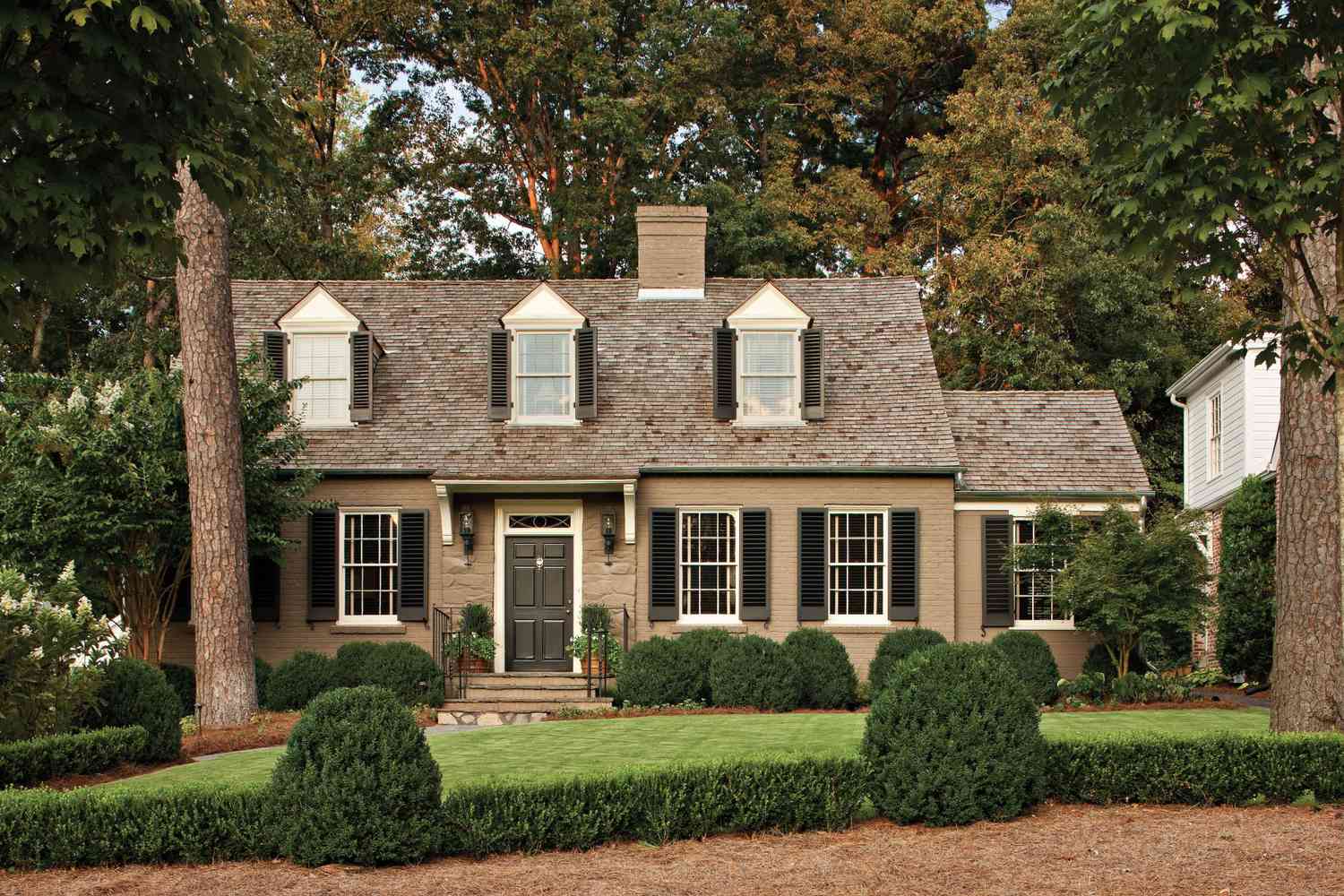

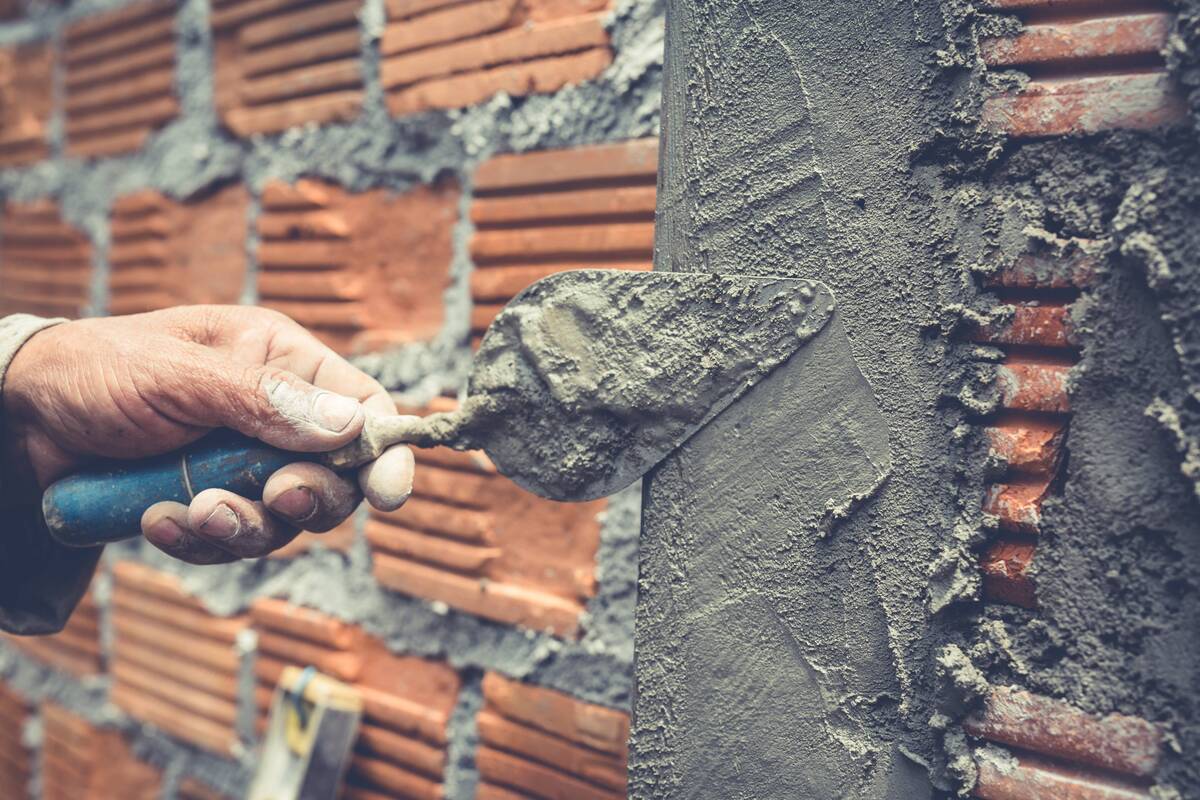
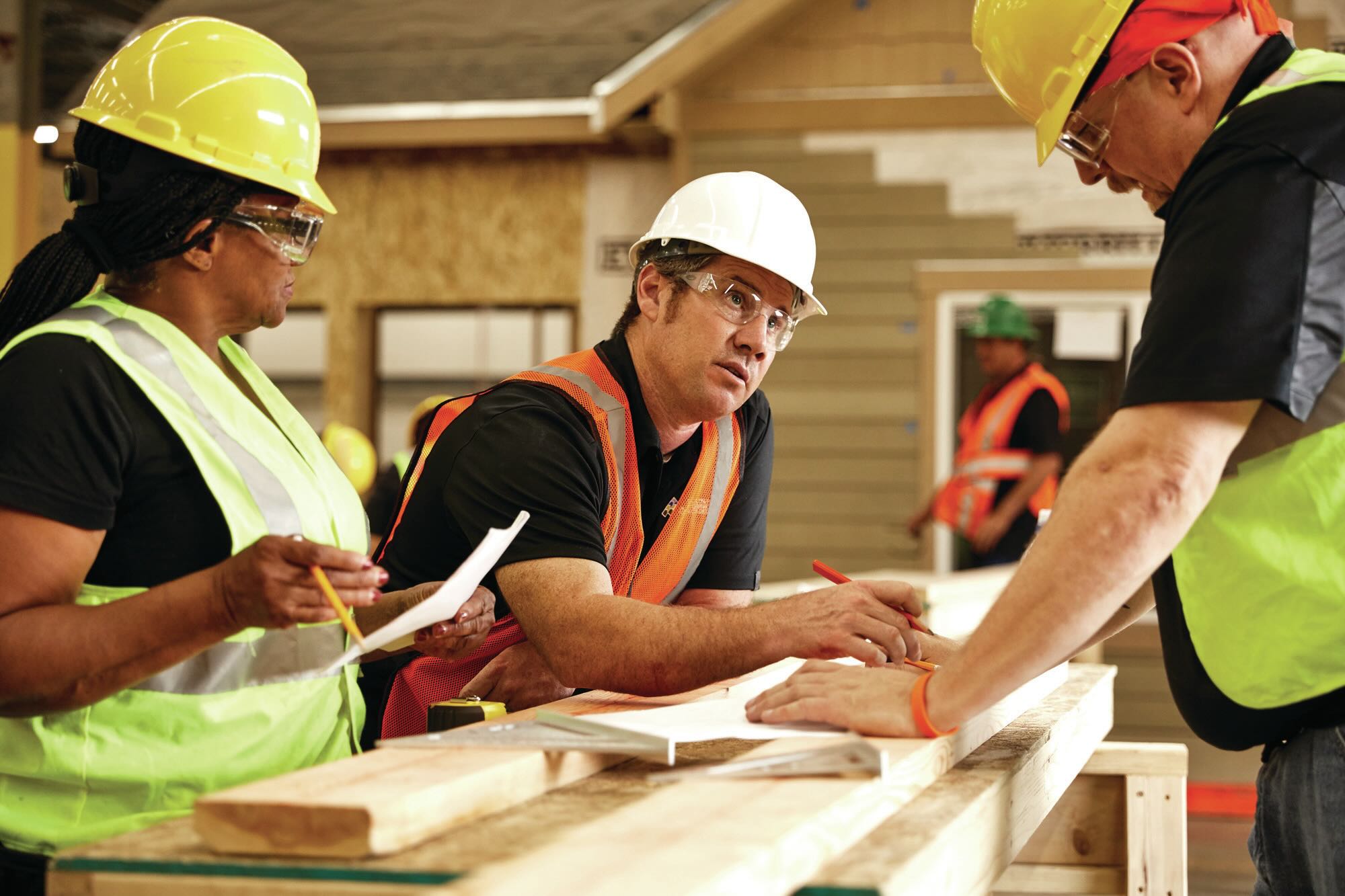

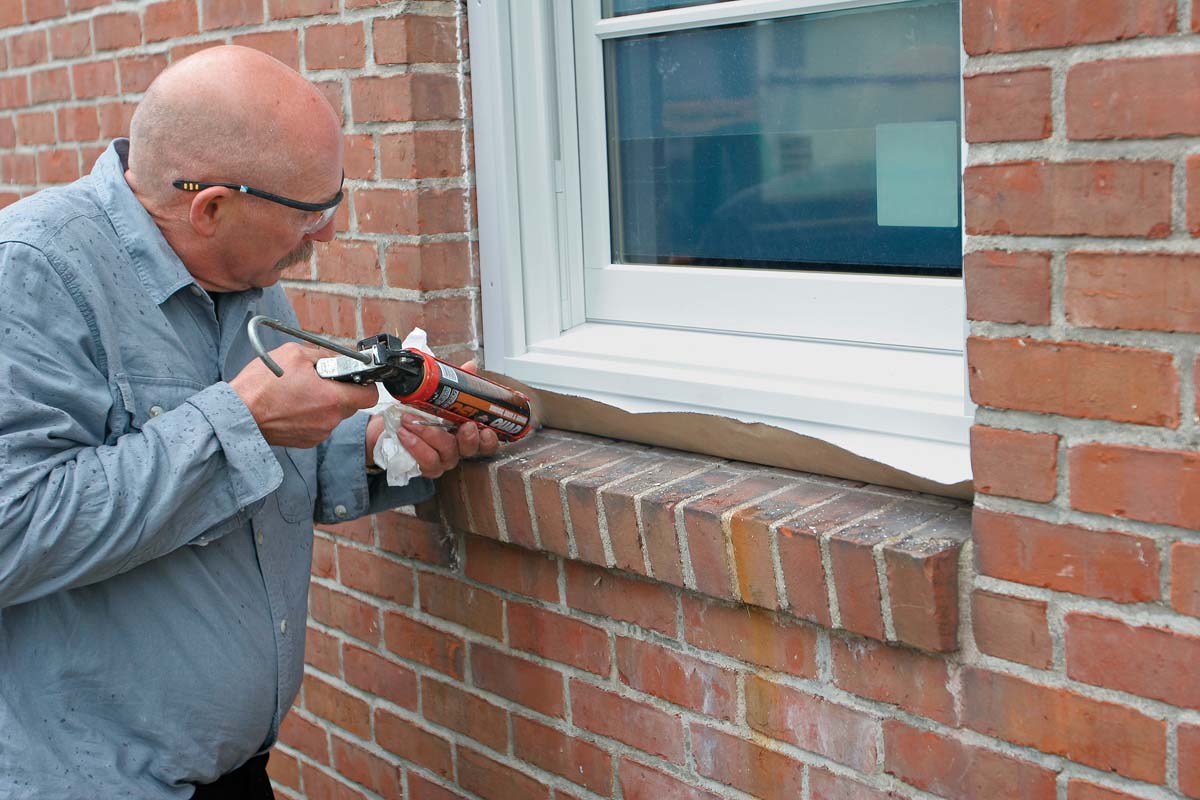


0 thoughts on “How Long Was The Winchester House Under Construction”